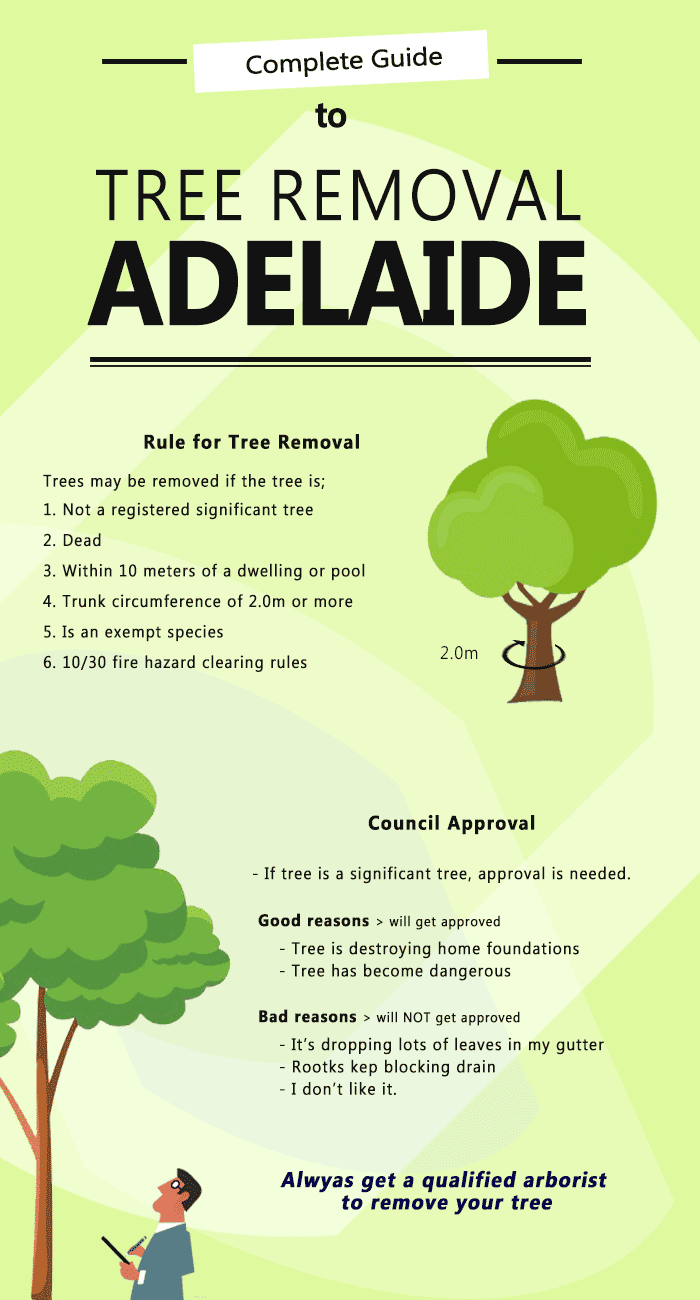Signals That It's Time To Eliminate A Tree: Identifying Unsafe Trees
Signals That It's Time To Eliminate A Tree: Identifying Unsafe Trees
Blog Article
Material Writer-Vogel Aagaard
When it pertains to tree treatment, acknowledging the indications that it's time for elimination is essential for your safety and security and building. You may discover blemished fallen leaves, wilting branches, or strange fungal growths indicating health problems. Structural issues, like a substantial lean or fractures in the trunk, can also position dangers. Comprehending these indication can assist you make educated decisions regarding your trees and protect against prospective risks hiding in your yard. What should you seek following?
Indications of Degeneration and Illness
When you observe indicators of degeneration and condition in your trees, it's important to act quickly. Search for discolored leaves, wilting branches, or uncommon developments like fungi. https://treestumpremovaltool73950.activoblog.com/39321008/tree-elimination-price-insights-budgeting-for-your-landscape-design-basics can suggest that your tree is struggling.
If you see fractures in the bark or soft, mushy wood, these symptoms suggest inner degeneration. Additionally, an unexpected increase in pests around your tree can signify that it's compromised and at risk.
Look for any type of dead or passing away arm or legs, as they posture a threat to your property and security. If you doubt regarding what you see, consulting an arborist can give clarity.
Addressing these indicators early can save you from much more substantial damage and make sure the health and wellness of your yard. Do not wait up until https://www.realsimple.com/home-organizing/decorating/outdoor-living/fall-landscaping-ideas-trends 's far too late.
Structural Instability and Leaning
As you observe your trees, keep an eye out for any indications of architectural instability or leaning. If a tree leans substantially, it may suggest that the origin system is jeopardized.
Look for any kind of fractures in the trunk or dirt around the base; these can indicate possible failure. Furthermore, look for unusual growth patterns, like an unbalanced crown, which might suggest that the tree is struggling to hold itself upright.
If you see that the tree leans toward your home, power lines, or other structures, it poses a better risk. Don't ignore these signs-- consult an arborist to analyze the situation.
Doing something about it early can avoid expensive damage and ensure your safety and security.
Dead or Perishing Branches and Vegetation
If you discover dead or passing away branches and vegetation on your tree, it's a clear indicator that something's incorrect.
These harmful areas can suggest underlying concerns like disease, pest problems, or environmental stress and anxiety. When branches lose their leaves or transform brown, they're no longer contributing to the tree's health and wellness. Overlooking these signs might cause more decrease, making your tree extra hazardous.
Dead branches can easily break off throughout storms, positioning a danger to building and individuals close by. It's critical to evaluate the degree of the damage.
If the trouble impacts a substantial part of the tree, think about speaking with a specialist. They can assist determine if elimination is required to guarantee security and preserve the beauty of your landscape.
Verdict
If you discover any type of indicators of decay, architectural instability, or dead branches on your trees, don't overlook them. These indications can posture severe safety threats to you and your building. It's constantly best to speak with an expert arborist who can provide an expert analysis of your trees. Taking action early can stop accidents and expensive damage, ensuring your landscape remains risk-free and healthy and balanced. Bear in mind, it's far better to be proactive concerning tree treatment than to await a calamity to occur.
